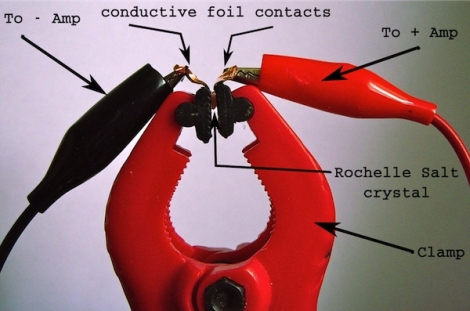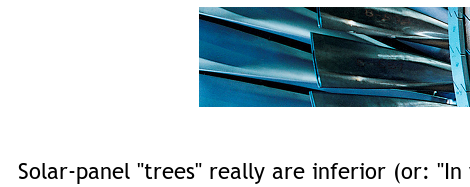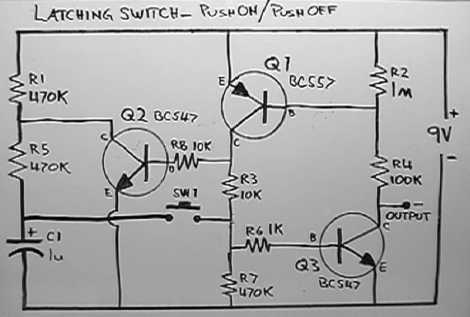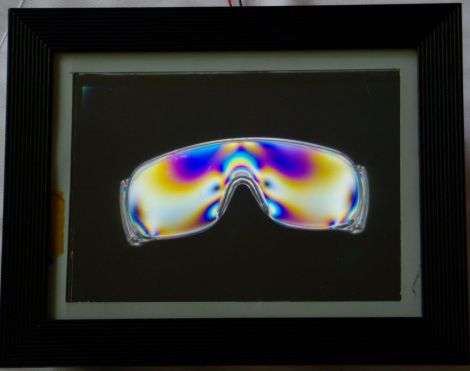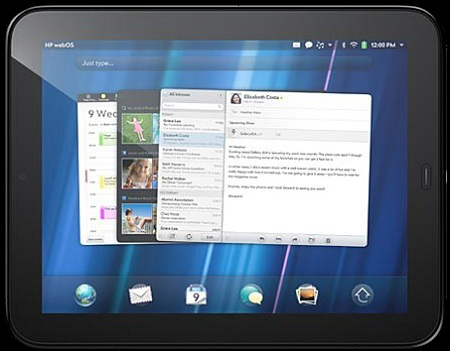
This bar code tattoo was sent into us by [Lifespan]. Before going under the needle, [Lifespan] didn’t care much for tattoos. After seeing this video he realized that a tattoo could have dynamic content through domain redirection.
[Lifespan] spent a lot of time going over the different styles of 2D bar codes. QR codes were deemed ugly because of the three large squares in the corners. An EZ Code, like the one in his YouTube inspiration, are a proprietary format that must be read with a ScanLife app. He eventually settled on a Data Matrix bar code because of its open format and ubiquity in business and industry. To make the tattoo dynamic, [Lifespan] made the tattoo point to 5id5.com. With a little bit of smart phone wizardry, that domain can be redirected to any URL in a moments notice.
Like all well-planned tattoos, he found himself a very good artist to do the piece. [Connor Moore] managed to ink some skin at 15 dpi, which was a little risky, but the results came out great. While it’s not scarification via a laser cutter, barring fading this tattoo is technologically future proof.

